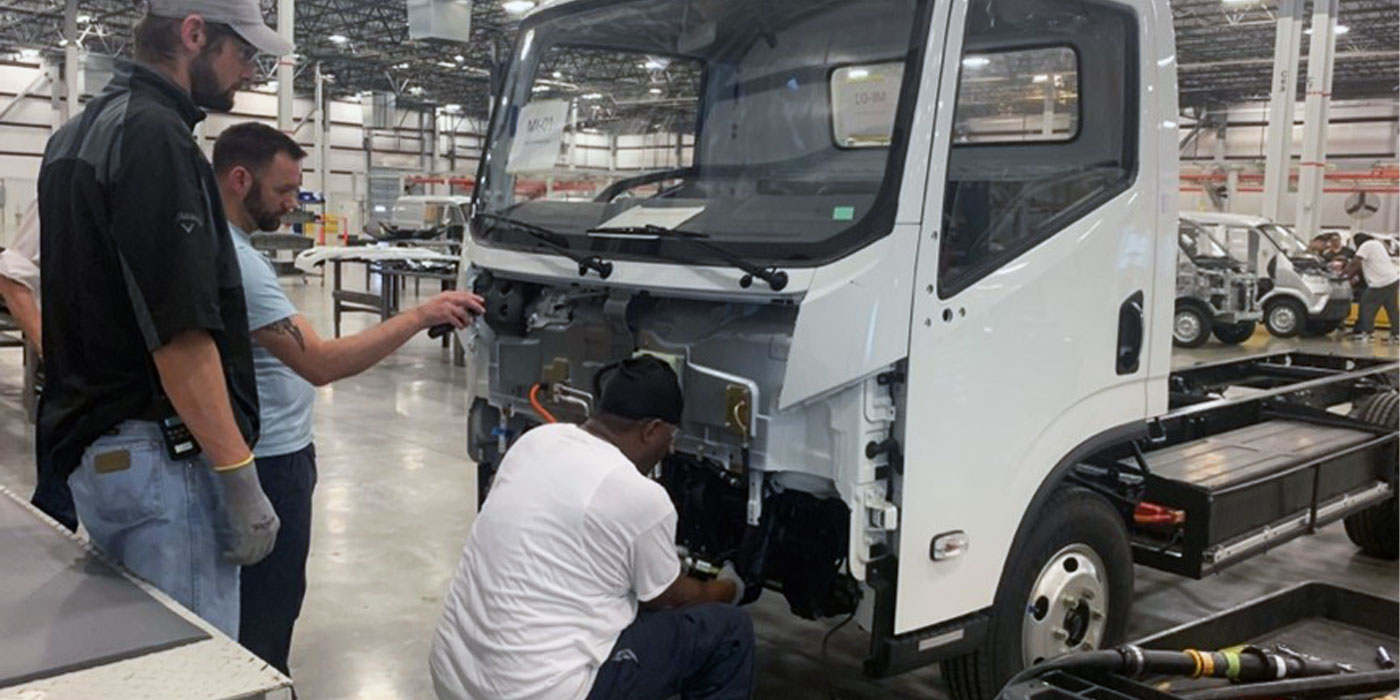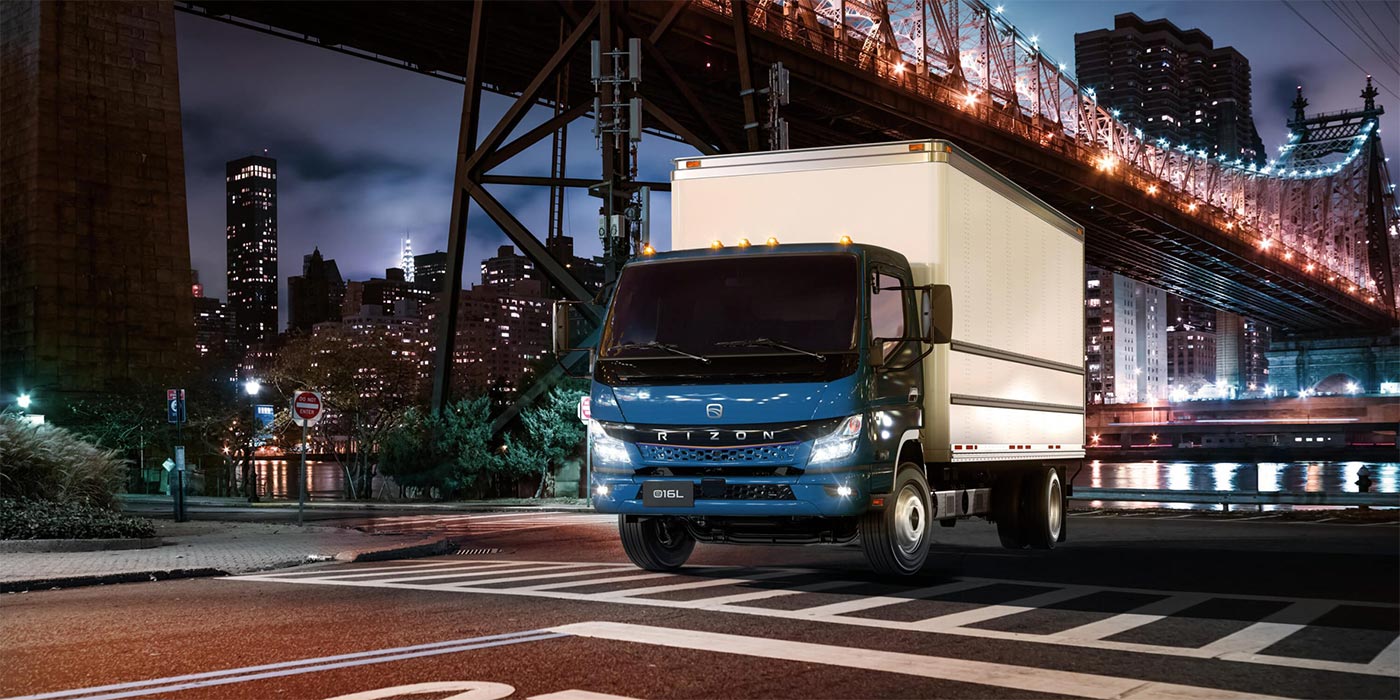We’ve talked about hydrogen a lot on this show, because the potential is astronomical if we can get it right. Today, we’re just going to get right into it: Here are three reasons you need to keep an eye on the world of hydrogen vehicles.
Number one: The world’s first hydrogen-powered passenger train just started running in Germany, and it’s pretty nifty.
This regional train emits only steam and condensed water while operating with a low level of noise, and each of these 14 trains are fueled daily and around the clock. The company these trains belong to Landesnahverkehrsgesellschaft Niedersachsen – we’ll just call it “LN” – LN has been trying to look for an alternative to diesel trains since 2012, as Germany itself runs more than 4,000 diesel train cars, accounting for more emissions than LN deems acceptable. These 14 hydrogen-powered regional trains are an attempt to begin to reign that in.
The best part is that the hydrogen-powered train doesn’t sacrifice mileage, as it has a range of 621 miles on a single tank of hydrogen.
Now, one thing to note here: This is all well and good in Europe, but there’s a reason we can’t expect to see viable hydrogen trains in the U.S. anytime soon. First and foremost, we just aren’t passenger train people here. But more importantly, Europe has made a significant effort to invest in advancing in this technology over the past decade, and the European Commission has big plans to keep scaling hydrogen higher into 2030. Comparatively, if Europe’s hydrogen investments are a multi-tiered wedding cake, the U.S.’s investments might be equal to the frosting left over on the spatula.
Number two: Semi-trucks with astronomical ranges.
At this year’s IAA Transportation show, Quantron presented a number of new hydrogen and electrified offerings – among them were FCEV trucks known as the QHM FCEV 60-2000 and QHM FCEV 44-2000.
When these trucks are delivered to fleets in the second quarter of 2023, the company says they will offer exceptionally large tank capacities of up to 116 kg, or about 256 pounds, which are fully integrated in the chassis and positioned behind the cab. This will enable ranges of up to about 932 miles with a single H2 tank filling, the company says.
That’s nearly 1,000 miles on ONE tank in a SEMI. This is why hydrogen is being watched so closely in the commercial realm.
Number three: Nikola Corporation in August announced it’s scaling up its long-term hydrogen distribution solutions, and that means adding three new hydrogen refueling stations in California.
Nikola says the three California refueling stations and infrastructure will be split between servicing the Port of Long Beach and in Colton, Ontario, the latter being integrated as part of Nikola’s collaboration with TravelCenters of America. This isn’t all though, as Nikola says there’s more on the way, with plans for additional stations to be announced in the near future.
Why is this important? We talked before about how hydrogen infrastructure is near-nonexistent in the states, so any investment – even a small one – means a significant step forward. The Port of Long Beach, specifically, is a hot spot for electrification and hydrogen investment, so progress there might lead to progress in hydrogen for the rest of the nation.













